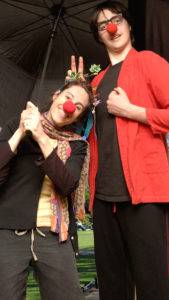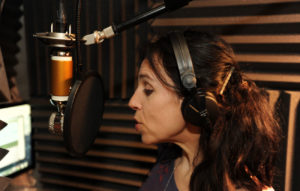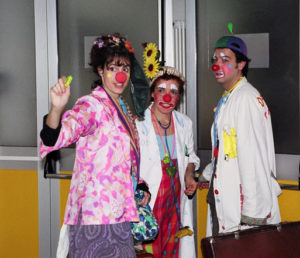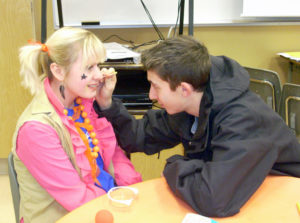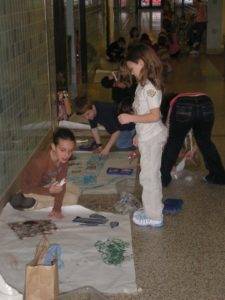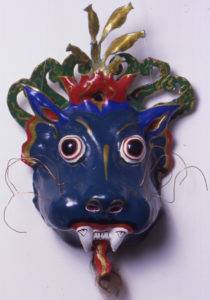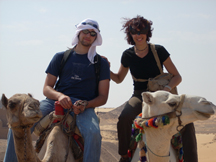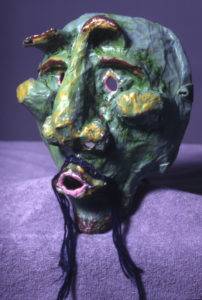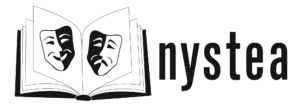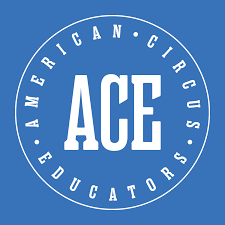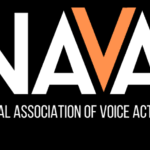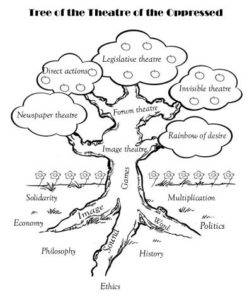
Performance as Protest
As I consider a recent production “The Pirates of Penzance” and the commedia masks I’ve made, I am reminded that the Performing Arts have been a form of protest since people gathered around a campfire and a storyteller wove critique into his or her tale, since the first time homo erectus cracked a joke at the expense of someone with more social power. Although the Performing Arts certainly include music (and I would count the haunting soundscape of the Casserole Protests, with their conscious ‘symphonizing’ of rhythm, volume, and melody, in this category), my emphasis here will be on protest
